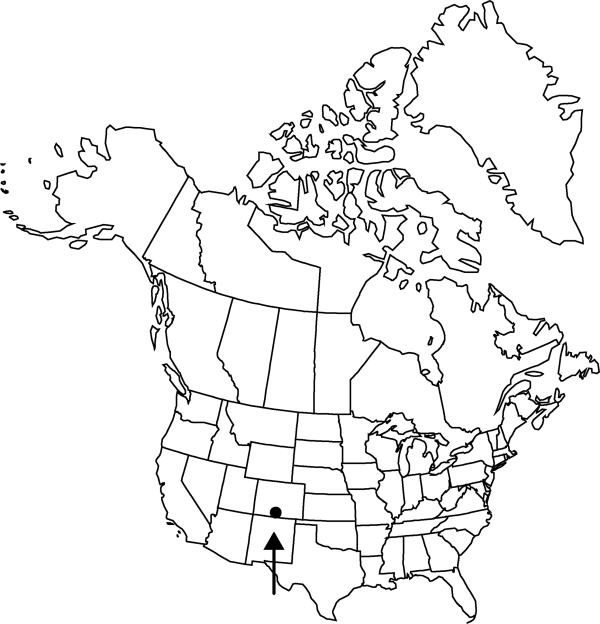familyChenopodiaceae
genusAtriplex
subgenusAtriplex subg. Obione
sectionAtriplex sect. Obione
subsectionAtriplex subsect. Wolfianae
speciesAtriplex wolfii
varietyAtriplex wolfii var. wolfii
Difference between revisions of "Atriplex wolfii var. wolfii"
Common names: Wolf’s orach
Treatment appears in FNA Volume 4. Treatment on page 355.
FNA>Volume Importer |
imported>Volume Importer |
||
| (3 intermediate revisions by 2 users not shown) | |||
| Line 1: | Line 1: | ||
{{Treatment/ID | {{Treatment/ID | ||
|accepted_name=Atriplex wolfii var. wolfii | |accepted_name=Atriplex wolfii var. wolfii | ||
| − | |accepted_authority= | + | |accepted_authority= |
|publications= | |publications= | ||
|common_names=Wolf’s orach | |common_names=Wolf’s orach | ||
| Line 29: | Line 29: | ||
-->{{#Taxon: | -->{{#Taxon: | ||
name=Atriplex wolfii var. wolfii | name=Atriplex wolfii var. wolfii | ||
| − | + | |authority= | |
| − | |authority= | ||
|rank=variety | |rank=variety | ||
|parent rank=species | |parent rank=species | ||
| Line 44: | Line 43: | ||
|publication year= | |publication year= | ||
|special status= | |special status= | ||
| − | |source xml=https:// | + | |source xml=https://bitbucket.org/aafc-mbb/fna-data-curation/src/2e0870ddd59836b60bcf96646a41e87ea5a5943a/coarse_grained_fna_xml/V4/V4_686.xml |
|genus=Atriplex | |genus=Atriplex | ||
|subgenus=Atriplex subg. Obione | |subgenus=Atriplex subg. Obione | ||
Latest revision as of 23:00, 5 November 2020
Stems erect, intricately branched, mostly 1–3.5(–4.5) dm. Leaves: proximalmost blade linear to linear-lanceolate or linear-elliptic, mainly 5–25 × 1–4 mm, tapering to slender base, densely grayish scurfy. Staminate flowers mainly confined to distal axils. Fruiting bracteoles oblong-cuneate to obovate in profile, (1.8–)2–2.3 × 1.1–1.5 mm, terminal tooth reduced to mere cusp between larger lateral ones.
Phenology: Flowering summer–fall.
Habitat: Saline areas growing with shadscale, seepweed, Russian thistle, fine-textured substrates
Elevation: 2300 m
Discussion
While H. M. Hall and F. E. Clements (1923) understandably mixed the two varieties in the specimen citations, they were right in recognition of a rather remarkable difference in bract structure.
Selected References
None.
Lower Taxa
None.
